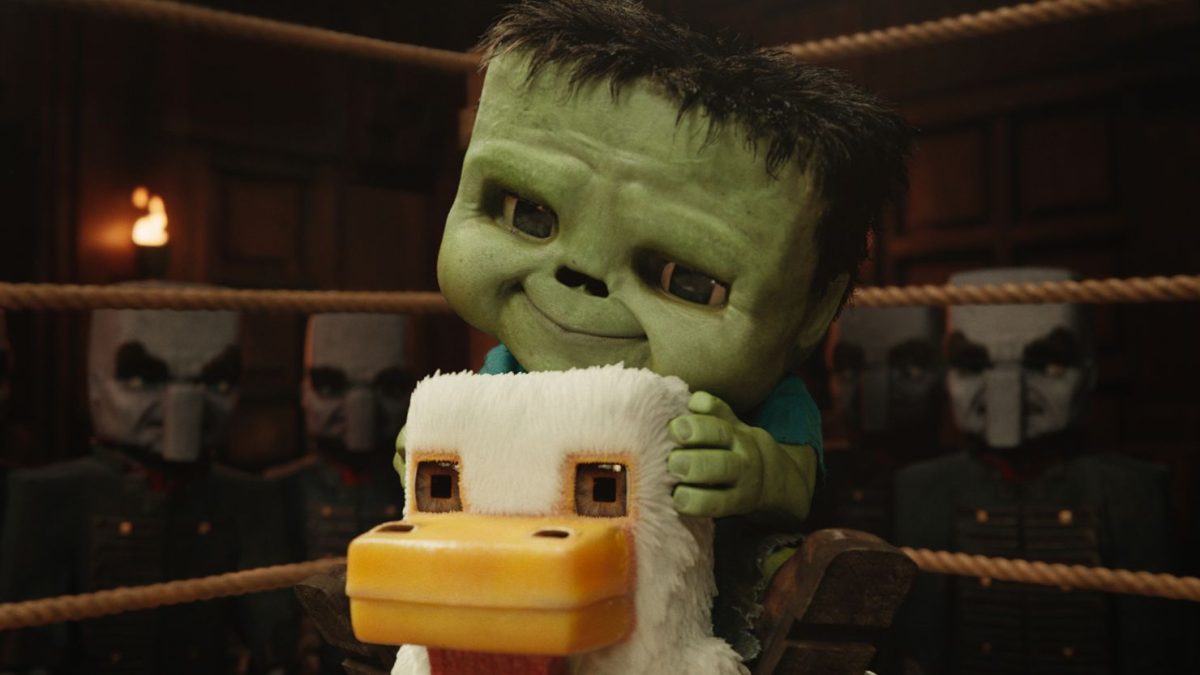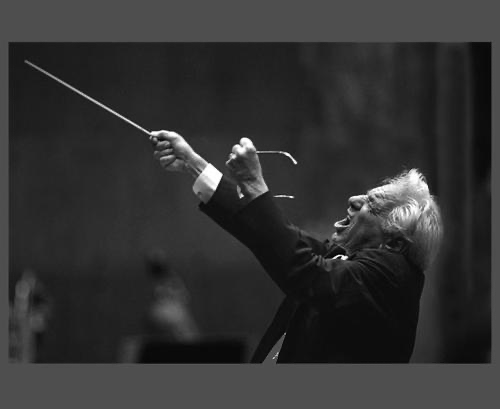The Christmas Tree has become an iconic Christmas decoration, and can be found throughout many homes as a symbol of the Christmas season. This tree, though, may seem a little random— why place a large evergreen tree in your house and decorate it with shining ornaments? What made someone think to put this large tree in a house and why is it a symbol of Christmas? The answer lies back many yeras ago— in the 16th century. Even earlier than that, though, people had been placing needled trees within their homes during winter as a sign that life still continues to thrive during the harshest of snowstorms, and that new life will come again afterwards. Many people also believed that pines warded off ghosts.
In the 16th century, Christians in Germany began to bring these trees into their homes. According to legend, the Christmas tree was a combination of a fir tree with apples hung in it called the Paradise Tree (the Tree of Knowledge in the Garden of Eden), and the Christmas Light (small glass balls and candles formed together in the shape of a pyramid). By joining these together, the Germans had marked the beginning of the Tannenbaum (Christmas Tree) tradition.
When trying to spread this tradition to America, Germans were often opposed by Puritans who greatly disliked Christmas trees and thought of them as pagan. William Bradford exceedingly condoned decorating with Christmas trees. Thus, the Christmas tree was not brought into the United States until the late 1800s, when Americans began accepting these trees into their homes. Germany began exporting Christmas trees as they began to take hold of the American population. As time went on, Christmas lights were invented and brought about an increase in the bright, multi-colored trees we know today. The largest Christmas tree ever grown was a 160-foot pine in California.
Even in places lacking Christmas trees, the communities there have found new ways to create some iconic Christmas decorations. In South Africa, windows are often draped in wool decorated with tinsel and ornaments. In China, many of the trees used are artificial. In Brazil, during Christmas (in the summer) little flecks of cotton are hung from the trees to represent snowfall. In Mexico, where evergreens are scarce, small shrubs found outside often take the place of a Christmas tree.
Although Christmas trees are an important part of the Christmas season, they fall short of the importance of celebrating the birth of Christ. He is the pinnacle of Christmas— it is He who we should always turn to at the beginning of Christmas day, not the Christmas tree. Buying and decorating Christmas trees is an immensely enjoyable part of preparing for Christmas, but even more important is preparing our souls for the coming of the Savior. So when you wake up on Christmas morning, when you rush downstairs and glance fondly at the Christmas tree, always remember that it is Jesus who is the reason for this celebration: He is a much greater gift than a Christmas tree.










